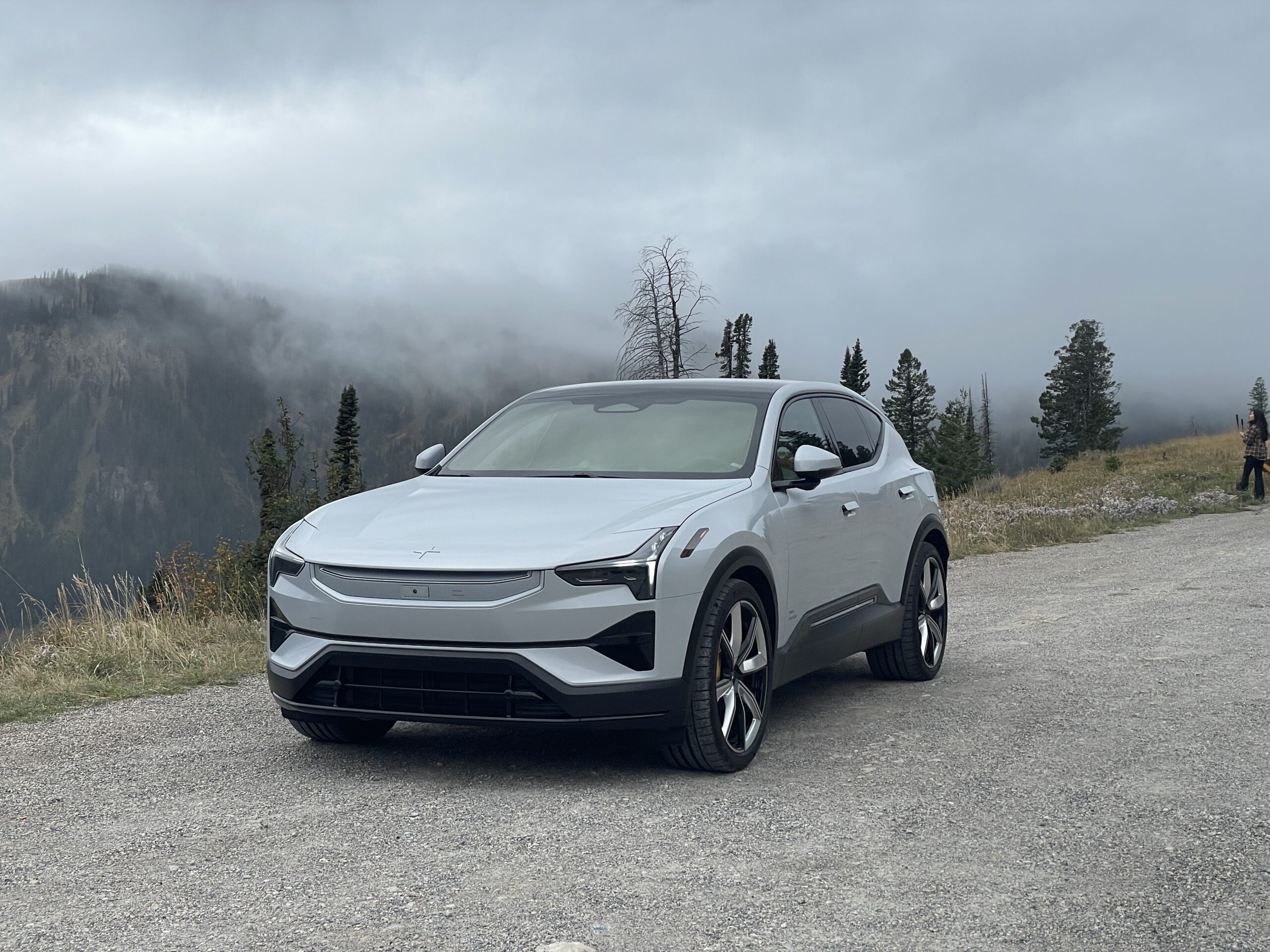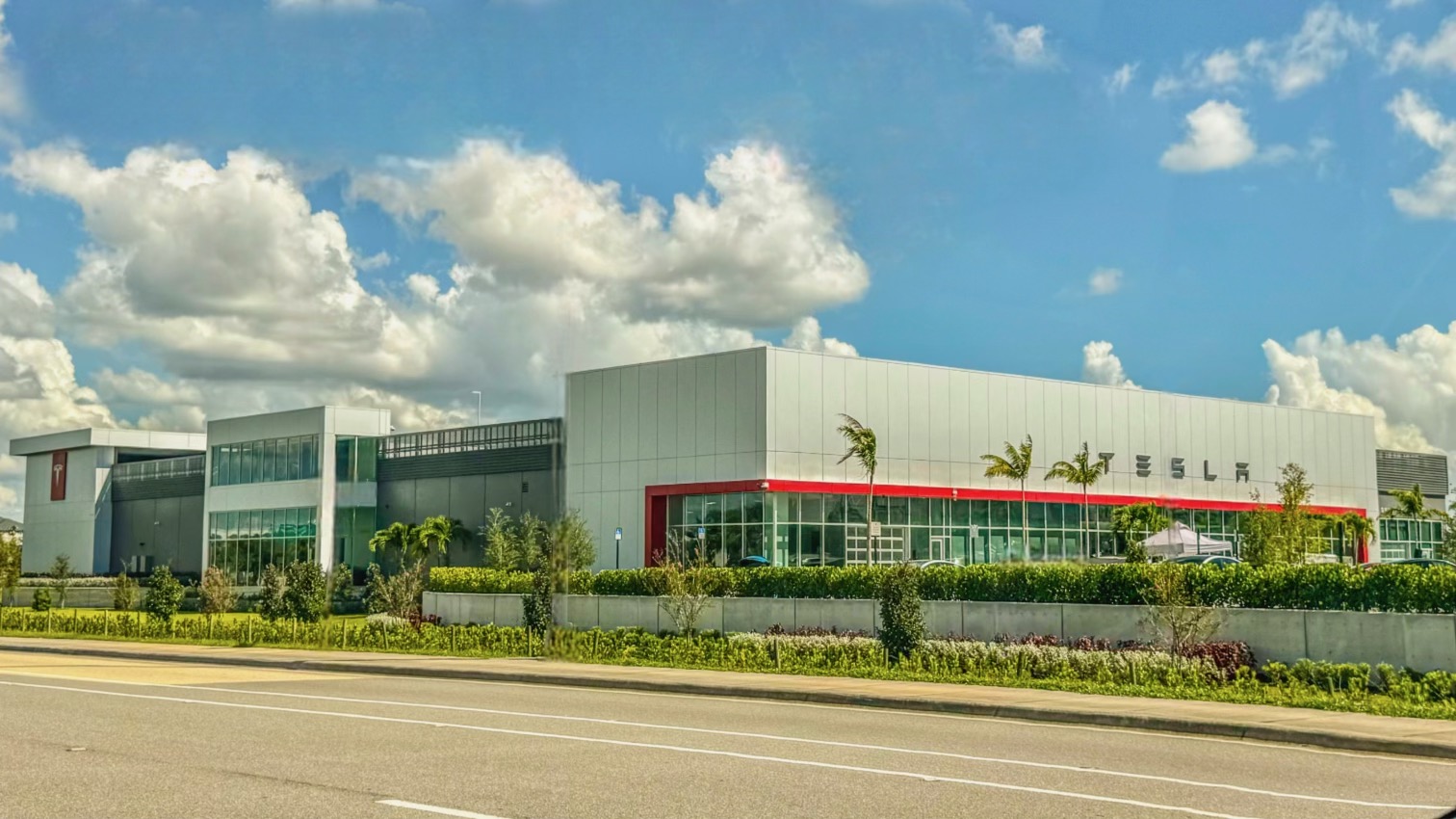Sign up for daily news updates from CleanTechnica on email. Or follow us on Google News!
As a lifelong libertarian leaning Republican (never much of a Trump fan), I hope I can bring a different perspective to the election than my fellow writers from the other side of the aisle. Carolyn recently penned this look at Trump’s VP pick JD Vance. Most of the time, the VP pick is meaningless, but as we elect older and older people to the presidency, it is becoming more important because older people have an increased chance of health problems and the stress of being the president really ages people. Jennifer Sensiba writes a sensible piece (see what I did there?) on how it doesn’t matter so much who the Democratic candidate is, but what is most important is changing the negativity into painting a grand vision of the future. This was done well by both Reagan and Obama (with quite different policies, but similar inspiring styles). Michael Barnard laments that there isn’t much hope for rail under a Trump presidency. News flash, rail has been dead under all administrations and I think of it like we all think about hydrogen cars — it isn’t sustainable, so any money spent on it is just a political payoff to buy votes. It won’t have any meaningful impact on transporting people. I used to say spending money on rail was a waste of money, but now I realize that if it buys you enough votes and you aren’t spending your own money, it is makes a lot of sense.
Current Situation
Although there really is a lot of time left until the November election, this is how the polling and betting markets look today. Former president Trump is enjoying a boost in popularity from a unified convention, looking like a hero after surviving both an assassination attempt and several “trumped up” criminal cases that greatly increased his popularity, and last but not least a debate performance that caused everyone in the country to ask his rival, Joe Biden, when he is dropping out. The betting markets give him a 2 out of 3 chance of winning and he is ahead in all the swing states. He is also ahead in the popular vote polling, but the popular vote doesn’t matter in the US, except as a talking point, since neither candidate spends any time or money (if they want to win) on winning the popular vote.
My opinion is Trump is peaking too early. This would be great for him it is was late October, but voters have short memories and most will have forgotten these things and be thinking of other things by election day. Will those new things be pro or anti Trump? I don’t know, but I think The Hill‘s forecast that Trump has a 56% of winning is about right. On the Senate side, 33 senators are up for election and Democrats are defending 23 seats (that means that 2018 was a VERY good year for Senate Democrats, which is kind of normal for the mid-term election year to be good for the party complaining about the sitting president). Three of those states that the Democrats are defending voted for Trump in both 2016 and 2020. So, according to The Hill, there is a 78% chance the Senate goes to Republicans, and their prediction is 52 to 48. The Hill predicts little change in the House, with Republicans likely to keep a slim majority.
Some Good News on Electric Cars
I thought it was time to throw a little good news into this article that is probably depressing to many. When I talk to my Republican friends, they don’t seem to mind electric cars as much as resent someone telling them what to do. In the clip above, Trump presents a confusing message that he is a fan of electric cars and then goes on to say they don’t go very far and imply they are built in China, but overall he supports what his base is telling them — don’t tell me what to buy. The other good news is climate and energy aren’t priority issues to either Trump or a Republican House or Senate. Sure, they will say anti-EV talking points or even introduce bills to take away the tax credits on overseas-made EVs (doesn’t JD Vance even know that the IRA only gives tax credits to electric cars built in North America (unless you use the leasing loophole)?), but Republicans have many other priorities and they realize their voters don’t really care about electric cars. They can claim to end the mandate (there never was a national EV mandate in the US, so that is an easy claim to make) and move on to other issues.
Issues that I would expect a Trump administration to prioritize over taking away the EV tax credits (remember, he didn’t do anything about the $7,500 EV tax credit that was available during his first administration, even when he had a Republican Congress). Issues that would get more priority would probably be dismantling the “Deep State,” “securing the borders,” increasing tariffs to protect domestic industries, stopping the war in Ukraine, repealing laws supporting transgender rights, terminating the Department of Education, and once again exiting the Paris Climate Accords.
US Auto Industry Impact
There are 5 main ways that the government has been encouraging electric vehicles.
- The $7500 tax credit in the IRA. This will be difficult to repeal for two reasons. First, even with narrow majorities in both houses of Congress, it is always tough to repeal laws that benefit millions of people. There will be Republican Congress members in swing districts that don’t want to endanger their elections just to save a few dollars of other people’s money.
- The EPA pollution standards for vehicles finalized in March 2024 for vehicles built in 2027 to 2032 and beyond. There is little doubt that a Trump administration will attempt to weaken this rule, but it will be a fight to get it overturned to be sure.
- Biden issued an executive order that the federal government should transition to buying 100% EVs over many years. This will be easy to repeal with an executive order and I would expect that in the first month or so.
- The National Highway Traffic and Safety Administration (NHTSA), which is part of the Department of Transportation (DOT), has finalized the Clean Average Fuel Economy (CAFE) fuel economy standards for 2027 to 2031. I think these will be similar to the EPA standards in that a Trump administration will try to change them, but it will likely take many court battles to change them.
- 18 states have adopted (or are in the process of adopting) the California Air Resources Board (CARB) set of rules that requires stricter emission rules for vehicles sold in their states. In 2019, Trump’s EPA announced the Safe, Affordable, Fuel Efficient (SAFE) rule to prevent California (and the other states) from setting rules different from the federal government’s. Later in 2021, Biden reversed the Trump action. It seems likely that Trump would try to repeal the ability of the CARB states to have stricter rules again if he regains office. Many of these states have tax incentives that would likely have the same effects as the regulations (but cost the state revenue).
Overall, I think the election of Trump will moderately slow the transition of the US auto industry to electric vehicles through weakening of those 5 rules and laws.
Conclusion
The question is: will automakers change their long-term plans based on rules that could easily change again in 4 years with a new administration? I think it depends on the automaker.
- Japanese automakers, led by Toyota but including Honda, Nissan, Subaru, Mazda, and Mitsubishi, will likely slow their electrification plans. They need electric cars to sell vehicles in China and many emerging markets, since Chinese manufacturers like BYD (and others) will have electric cars at price parity with gas cars and emerging markets will change to EVs quickly just for the fuel savings (not really caring about emissions for the most part). So I’d expect the Japanese to send their best EVs to China and emerging markets and continue to sell mostly hybrids and plug-in hybrids in the US. Toyota in particular doesn’t really need incentives to sell hybrids — it has learned to make them at such a small premium to its gas cars that customers buy them without incentives or mandates. Hybrids used to be vilified by conservatives, but that has pretty much ended now that conservatives have moved their hate to EVs.
- The Koreans (Hyundai, Kia, and Genesis) seem likely to stay the course. They are making big investments in US manufacturing to take advantage of the IRA incentives. They may sell a few more hybrids and plug-in hybrids and a few fewer EVs, but don’t expect them to make major changes to their strategy.
- EV startups (Tesla, Rivian, and Lucid) will of course continue to sell EVs, but their growth may slow. On the other hand, if the others continue to delay their EVs, it may benefit these EV startups, because they will have less competition as consumers buy more EVs even without incentives.
- The Big 3 (GM, Ford, & Stellantis) have already given up on cars and mostly make SUVs and trucks. They will likely act similar to the Japanese and change their plans to make more hybrids and fewer EVs.
- The Germans (VW, BMW, Audi, & Mercedes) will likely slow their transition to EVs. They are facing massive loss of sales in China and extreme emissions pressure in Europe, so they will welcome being able to just continue to selling their old technology in the US.
The sad part is that, while the stated goal of the new Trump administration is to save the US auto industry, his policies will ensure that global manufactures just send us their obsolete technology that is uncompetitive in the rest of the world. The US won’t be able to export our vehicles or technology to the rest of the world, because it will be years behind what they already have (with the exception of offerings from Tesla, Rivian, & Lucid).
Have a tip for CleanTechnica? Want to advertise? Want to suggest a guest for our CleanTech Talk podcast? Contact us here.
Latest CleanTechnica.TV Videos
CleanTechnica uses affiliate links. See our policy here.
CleanTechnica’s Comment Policy





